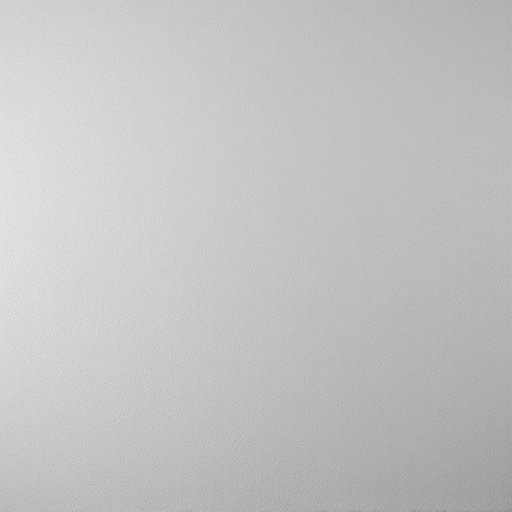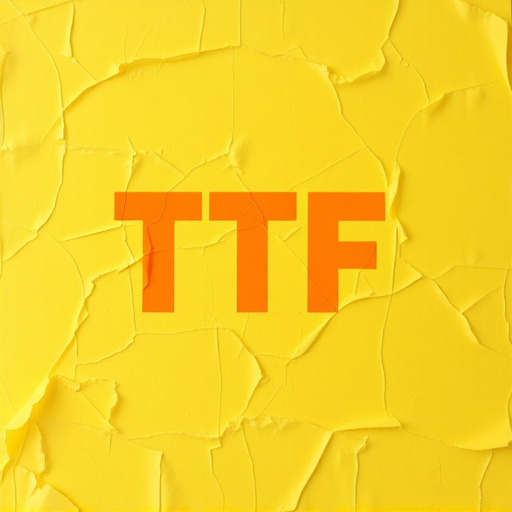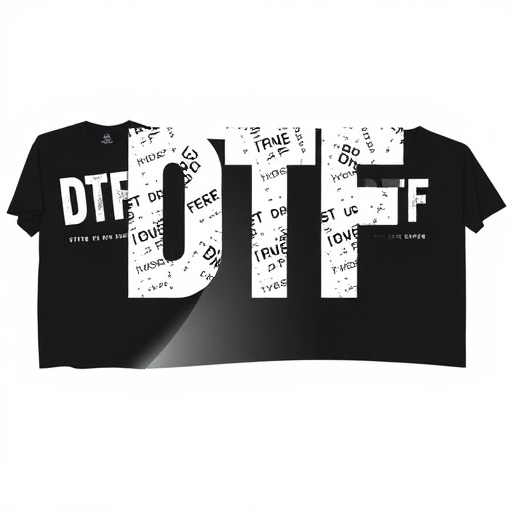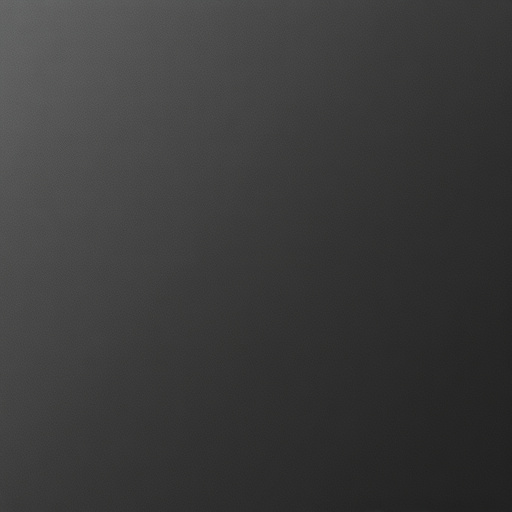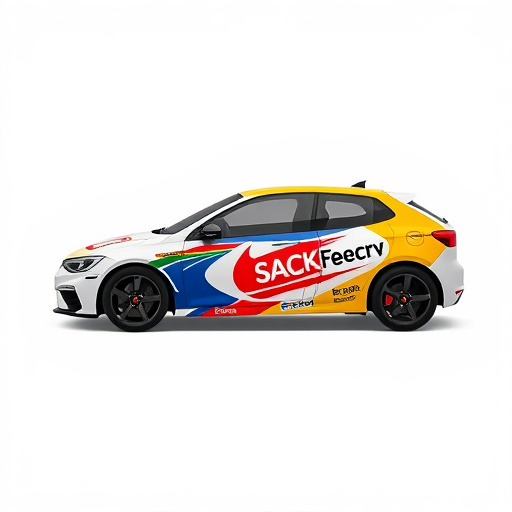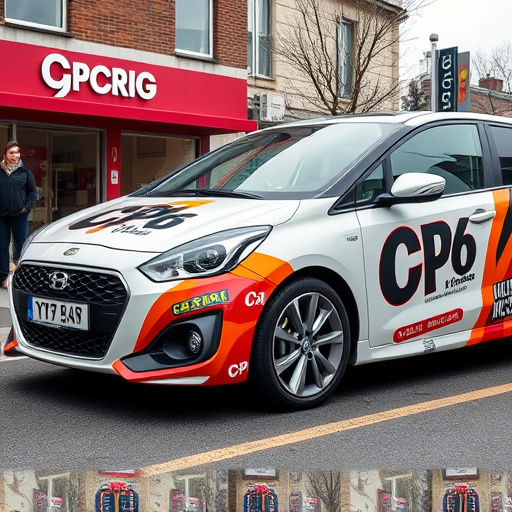Boat wrap installation protects hulls from UV rays, marine life, and cosmetic damage, preserving paint jobs and maintaining boat value. The process involves cleaning, priming, applying wraps with tools to avoid bubbles, and finishing with a top coat for enhanced protection and aesthetics, akin to car detailing. Quality boat wrap installation is vital for long-term hull and aesthetic preservation against environmental stressors.
Boat owners often face a dilemma: protect their vessel’s hull and paint job or opt for traditional painting, prone to chipping and fading. The solution lies in boat wrap installation, a revolutionary approach that offers unparalleled preservation. This article delves into the world of boat wraps, exploring materials and their advantages, providing a comprehensive step-by-step guide for installation, and offering tips for maintaining optimal hull protection. Discover how this innovative technique keeps your boat looking sleek and vibrant for years to come.
- Understanding Boat Wrap Materials and Their Benefits
- Step-by-Step Guide to Seamless Installation Process
- Maintaining Optimal Hull Protection and Paint Condition
Understanding Boat Wrap Materials and Their Benefits

Boat wrap installation involves applying a protective layer—typically a durable vinyl material—to the hull and exterior surfaces of a boat. Understanding the materials used in this process is key to appreciating their benefits. Modern boat wraps are designed to withstand the rigors of aquatic environments, offering superior resistance to UV rays, fading, and damage from marine life. They also serve as an effective barrier against dirt, salt water, and other contaminants, preserving the boat’s original paint job and enhancing its aesthetic appeal.
These wraps provide more than just visual enhancement; they’re a form of vehicle protection, akin to automotive detailing for boats. By encapsulating the hull, wraps protect against small scratches, dents, and other cosmetic issues that can accumulate over time. This not only maintains the boat’s value but also simplifies future maintenance, as repairs are less frequent and more manageable. For enthusiasts seeking to preserve their investment and enjoy a seamless, protective layer for their vessel, boat wrap installation is an excellent choice.
Step-by-Step Guide to Seamless Installation Process
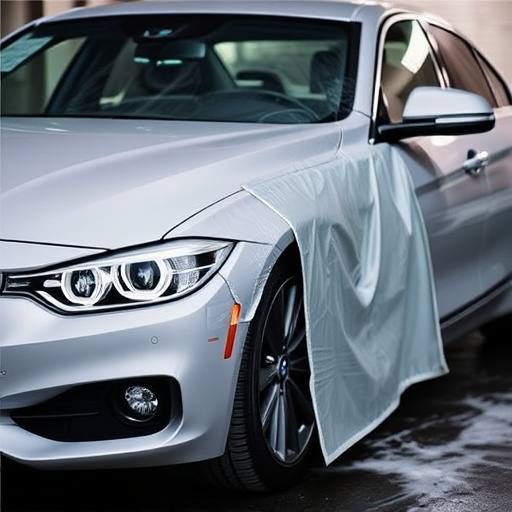
The boat wrap installation process involves a few key steps to ensure a seamless and protective finish. First, prepare the hull by thoroughly cleaning and inspecting it to remove any debris or existing damage. This step is crucial for achieving a long-lasting bond between the wrap and the surface. Next, apply a primer designed specifically for marine environments to create a smooth base and enhance adhesion.
Once the primer dries, carefully unroll the boat wrap, starting from one end and working your way along the hull. Use specialized tools to ensure even distribution of the material and minimize bubbles or wrinkles. After achieving a smooth, tight fit, secure the wrap with high-quality adhesive tape, leaving no gaps or overlaps. Finally, apply a top coat of protective coating tailored for boat wraps, offering additional UV protection and enhancing the overall aesthetics through a glossy finish, akin to the sleek look of automotive detailing on vehicles.
Maintaining Optimal Hull Protection and Paint Condition
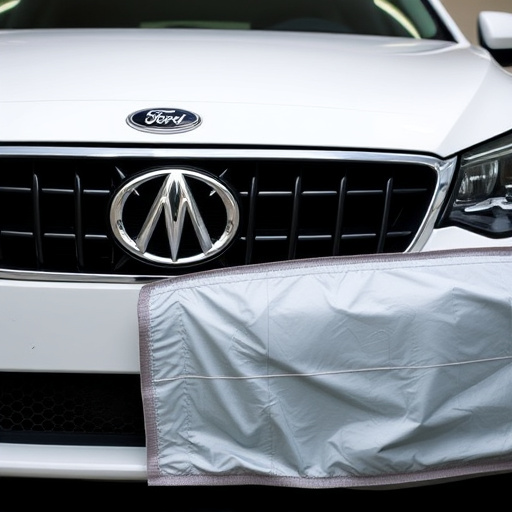
Proper boat wrap installation goes beyond simply protecting the hull from external elements; it’s about maintaining the integrity and aesthetics of your vessel. A quality wrap acts as a barrier, shielding the hull from harmful UV rays, salt water corrosion, and other environmental stressors that can degrade the paint and structural fibers over time. By encasing the boat in a protective layer, you preserve its original condition, ensuring a longer lifespan for both the hull and the paint job.
Professional PPF (Paint Protection Film) installation is key to achieving this optimal protection. Premium automotive services specialize in applying these films with precision, ensuring they conform perfectly to the contours of the hull. This meticulous process involves careful cutting and application, creating an invisible shield that safeguards against nicks, scratches, and chips while enhancing the boat’s overall appearance, akin to car customization for your aquatic companion.
Boat wrap installation offers an effective solution for preserving your vessel’s hull and paint surface. By understanding the benefits of different wrap materials and following a meticulous step-by-step guide, you can ensure a seamless protection system that keeps your boat looking its best. Regular maintenance is key to maintaining optimal hull condition and ensuring the longevity of your investment, making boat wrap installation a smart choice for any boating enthusiast.
